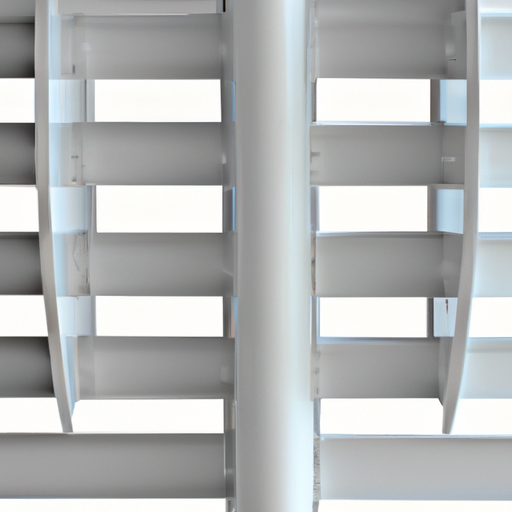Which Pairs of Angles Are Complementary? Unraveling the Angle Mystery!
Angles are an essential concept in geometry and mathematics. They are formed by two rays with a common endpoint, known as the vertex. Understanding the relationship between angles is crucial in solving various mathematical problems. One such relationship is the concept of complementary angles.
Complementary angles are a pair of angles that, when added together, equal 90 degrees. In other words, the sum of the measures of complementary angles is always 90 degrees. Identifying which pairs of angles are complementary can help us solve equations, find missing angles, and understand geometric properties.
Let’s dive into the world of angles and unravel the mystery of which pairs of angles are complementary.
Defining Complementary Angles
To understand complementary angles better, let’s start by defining them. Complementary angles are two angles that, when added together, result in a sum of 90 degrees. Each angle in a pair is said to be the complement of the other.
For example, if we have an angle measuring 30 degrees, its complement would be 60 degrees since 30 + 60 = 90. Similarly, if we have an angle measuring 45 degrees, its complement would be 45 degrees as well, since 45 + 45 = 90.
Identifying Complementary Angle Pairs
Now that we know what complementary angles are, let’s explore how to identify pairs of angles that are complementary. One way to do this is by examining the given angles and checking if their sum equals 90 degrees.
For instance, if we have two angles measuring 40 degrees and 50 degrees, we can determine if they are complementary by adding them together: 40 + 50 = 90. Since their sum is 90 degrees, we can conclude that these angles are complementary.
Similarly, if we have angles measuring 20 degrees and 70 degrees, we can perform the same addition: 20 + 70 = 90. Again, the sum is 90 degrees, indicating that these angles are complementary.
Applications of Complementary Angles
Understanding complementary angles has practical applications in various fields, including engineering, architecture, and physics. Here are a few examples:
1. Construction: Architects and engineers use complementary angles to design structures with specific angles, ensuring stability and balance.
2. Trigonometry: Complementary angles are essential in trigonometric functions and calculations, such as sine, cosine, and tangent.
3. Problem-solving: Complementary angles can be used to solve equations involving angles, find missing angles in geometric shapes, and determine the measures of angles in real-life scenarios.
In Conclusion
Complementary angles play a significant role in geometry and mathematics. They are pairs of angles that, when added together, equal 90 degrees. By understanding the concept of complementary angles, we can solve equations, find missing angles, and apply this knowledge to various fields.
So, the next time you encounter a problem involving angles, remember to check if the given angles are complementary. Unravel the angle mystery and unlock the solution!
Remember, complementary angles are always a pair, and their sum is 90 degrees. Keep exploring the fascinating world of angles, and you’ll discover even more exciting relationships and properties.




